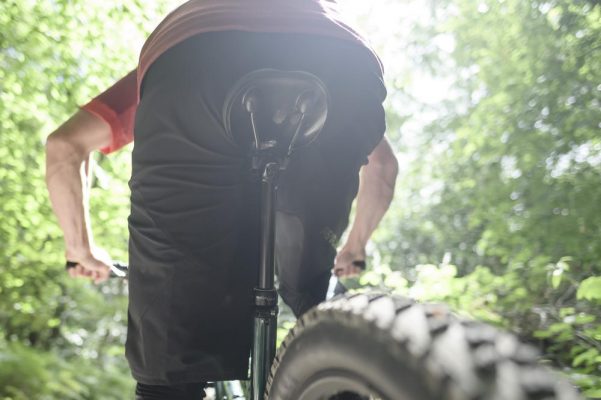Having the right bike seat is key for comfortable and fun cycling. A seat that suits you will go unnoticed as you ride, but the wrong one will surely cause you to suffer soreness from friction and even acute pain.
While it’s normal for brand-new riders or those getting back into cycling to experience some kind of soreness on the first rides, that feeling generally goes away after a few weeks of regular riding as the body gets used to the new activity. If it doesn’t and you continue to suffer every time you hit the road or trail, chances are that you’re riding on a seat that is not right for you.
With the range of bike seats Australia retailers offer, buying a new one may look like a daunting task. The options are many and what suits one biker may not be the best option for another. Factors such as cushioning, design, size as well as the type of riding you do can all impact your bike seat option.
Your Riding Type
Bike seats are divided into one of the following categories:
Recreational Cycling
The recreational cycling seats found at bike seats Australia specialized stores are often wide with plush padding and/or springs and sometimes sport a short nose. They’re recommended for those who sit upright while pedalling a cruiser, urban or commuter bike and prefer short rides.
Roading Cycling
Roading cycling seats are generally long and narrow, with minimal padding to allow the best power transfer while pedalling. Those who race or clock significant road miles tend to prefer these seats.
Mountain Biking
Cyclists that ride on mountain trails stand up on the pedals, perch way back or crouch down in a tucked position. Due to this position changing, mountain cyclists need a seat with padding for their sit bones, a durable cover and a streamlined shape to aid their movement.
Bike Touring
For long-distance riding, a seat that falls between a road and a mountain seat is the best option. Bike touring seats have a fairly long, narrow nose and provide good cushioning for cyclists sit bones.
Bike Commuting
Seats that are good for commuting have some padding, but generally not too much. Bike commuters who ride in all weathers should consider the water-resistance of the cover materials.
Type of Cushioning
When it comes to cushioning, bike seats can be divided into two categories: performance seats and cushioned seats. Performance seats are typically long and narrow and have minimal passing to allow maximum power transfer and minimal chafing while pedalling. Road bikes, mountain bikes and touring bikes generally come with this kind of seat.
Cushioned seats tend to be wide, have a short nose, and have plush padding and/or springs to absorb bumps in the road. They’re commonly featured on bikes designed for recreational cycling and cruising. Cushioned seats can be weather gel or foam. Gel cushioned seats have the ability to mould to the body, providing the plushest comfort. Recreational riders prefer this seat for the superior comfort it provides on casual rides. The downside of this seat is that gel tends to compact more quickly than foam.
Foam cushioned seats offer a pliable feel that springs back to shape. They are a popular option among road rides due to the better support they provide than gel while still delivering comfort. As foam cushioned seats don’t compact as quickly as softer get, they make a great option for longer rides, riders over 100 kilos, or riders with well-conditioned sit bones.
Center Cutout
Modern bicycle seats are designed to protect the perineum. This is the area between the sit bones, through which traverse a variety of nerves and arteries. Featuring little to no material in the middle, these seats help to alleviate pressure on the perineum while ensuring airflow and comfort during long rides.
It’s important to mention that everyone’s anatomy is different. For some rides, the perineal cutout offers great relief. Still, some riders prefer a seat that either has a small indentation in the seat or no accommodation at all. Seats featuring a pressure relief design can benefit both men and women but is truly a personal preference.
Seat Size
Bike seats are also available in different sizes to accommodate different body types. In order to choose a bike seat that is the right size for your body, you need to consider the width of the seat and how well it supports your sit bones. Ideally, you’ll want a seat that’s wide enough to provide good support but not so wide that it causes rubbing and chafing.
Remember that men’s and women’s seats aren’t designed the same. Each of them is designed to accommodate differences in hip-width and sit bones location based on “typical” gendered body types. Still, whether a seat says it’s designed for men or women, you should the option that fits your body best.




